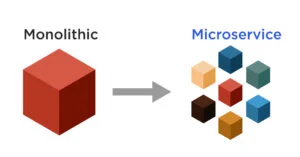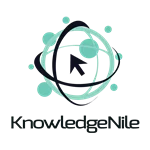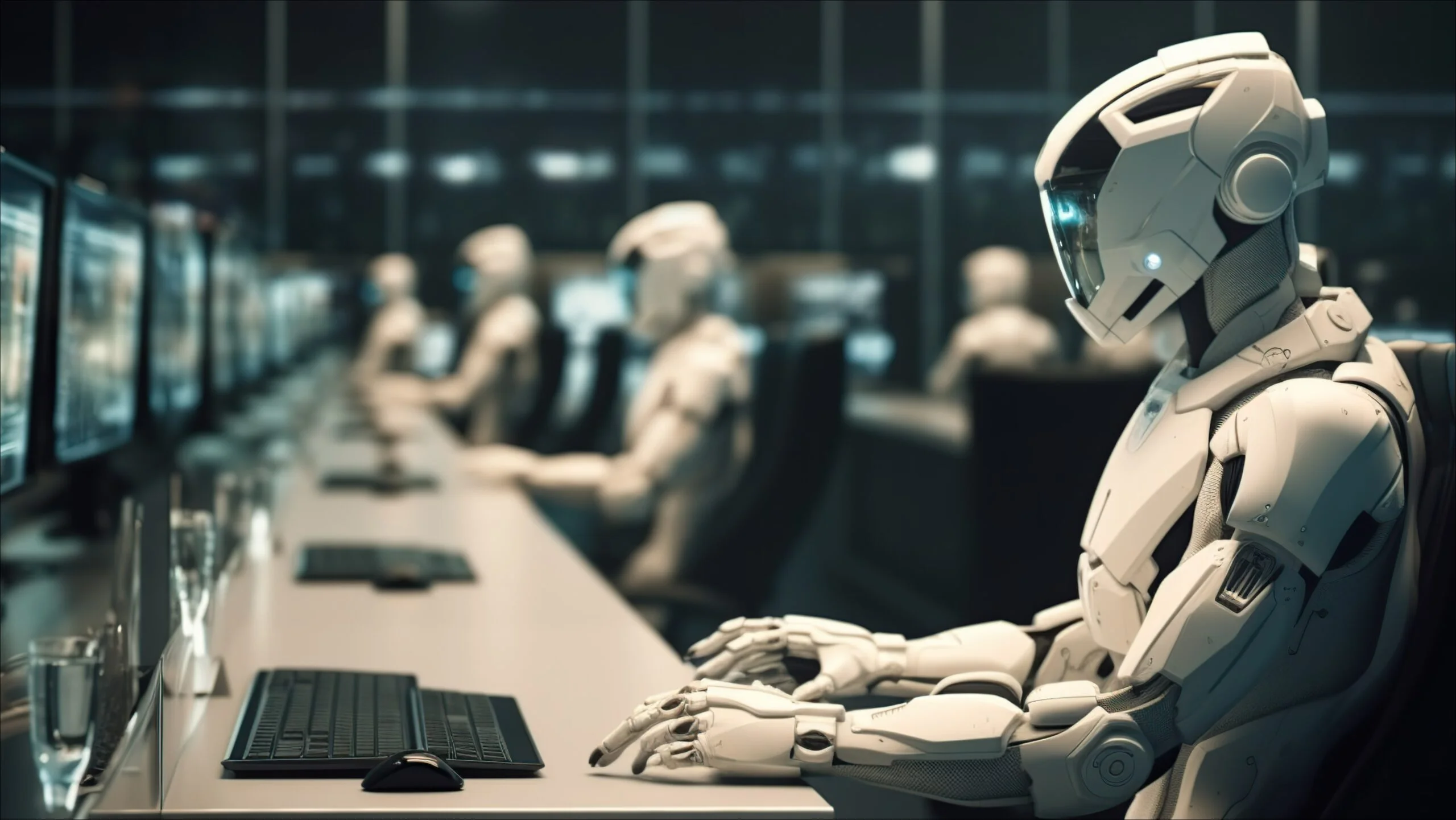Microservices and containerization have transformed application development and deployment by offering a resilient and expandable framework. Though these concepts are related to each other and are frequently used, they serve different purposes. Let's understand microservices in detail.
What are Microservices?
Microservices are methods to create or design software applications. They build a monolithic application of a large interconnected system, and they break down the application into smaller, independent services. Each microservice is assigned to a specific function or feature. As such, an e-commerce site would have different microservices for maintaining user accounts, processing payments, maintaining inventory, and maintaining customer reviews.

Key Features of Microservices
Independence: Since each microservice operates independently, it means users can develop, deploy, and scale them separately.
Specialization: These are designed for one thing, thus making development more manageable; this makes the system robust and strong.
Flexibility: Microservices can be built using different programming languages or tools based on what works best for the task.
What is Containerization?
Containerization is a technology of packing and running software applications along with their dependencies in certain isolated environments called containers. They run consistently across diverse computing environments. They are lightweight, portable, and ensure that an application performs the same way no matter where it's deployed.
For instance, the Cloud Native Computing Foundation (CNCF) survey shows that by 2023, more than 66% of users are using Kubernetes for container orchestration, reflecting its criticality in the modern software deployment cycle, while another 18% were evaluating it.
How do Containerization and Microservices Work Together?
Microservices and containerization are similar in many ways. When using microservices, users must manage many small, independent components. Containers support managing these components. They provide a consistent runtime environment. This makes it easier to deploy and scale each microservice. Let us see how they work:
Development: The code is written by the developer for each microservice and packages it into a container.
Testing: Containers are tested individually to check whether they are working properly or not.
Deployment: Containers are then deployed to a production environment. Here, tools such as Kubernetes manage the deployment, scaling, and operation process of these containers.
Communication: Microservices communicate with each other using APIs. They work together to provide the full functionality of the application.
How are Microservices different from Containerization?
Let’s explore containerization vs microservices:
| Aspect | Microservices | Containerization |
| Definition | It is a design pattern that structures applications into small and independent services. | It is a technology that packages and runs applications in isolated environments called containers. |
| Purpose | It decomposes large applications into smaller, manageable parts that are developed, deployed, and scaled separately. | It makes sure that applications run consistently across different environments by providing a uniform runtime. |
| Focus | Application architecture and organization. | Deployment and runtime environment consistency. |
| Independence | They operate independently but communicate with each other through APIs. | Containers separates applications from each other, isolate them and the underlying host system. |
| Scalability | It allows the scaling of individual services based on demand. | Enables scaling of containers easily, often used in conjunction with microservices. |
| Development Approach | It needs to shift from monolithic to distributed system thinking. | It involves creating and managing container images and orchestration. |
| Deployment | It uses different methods to get deployed such as containers, VMs, or traditional servers. | It provides a standard way to deploy applications across different environments. |
| Use Cases | It builds complex, large-scale applications such as e-commerce platforms or social networks. | It ensures consistent deployment of applications across different environments, such as development, testing, and production. |
| Example Technologies | Spring Boot, Node.js, MicroProfile. | Docker, Kubernetes, OpenShift. |
Final Words!
Understanding the difference between microservices and containerization are two different but important concepts for modern software development. Microservices focus on structuring an application, whereas containerization is about the deployment of the application and how you run it.
By breaking applications into microservices and using containers for their deployment you can create a more flexible, scalable, and manageable software system. Whether you’re a developer looking to implement these practices or just curious about how modern applications are built, knowing the distinctions between microservices and containerization is a great starting point.
To learn more about these services, visit us at KnowledeNile!
Read More: Understanding the Container Concept





